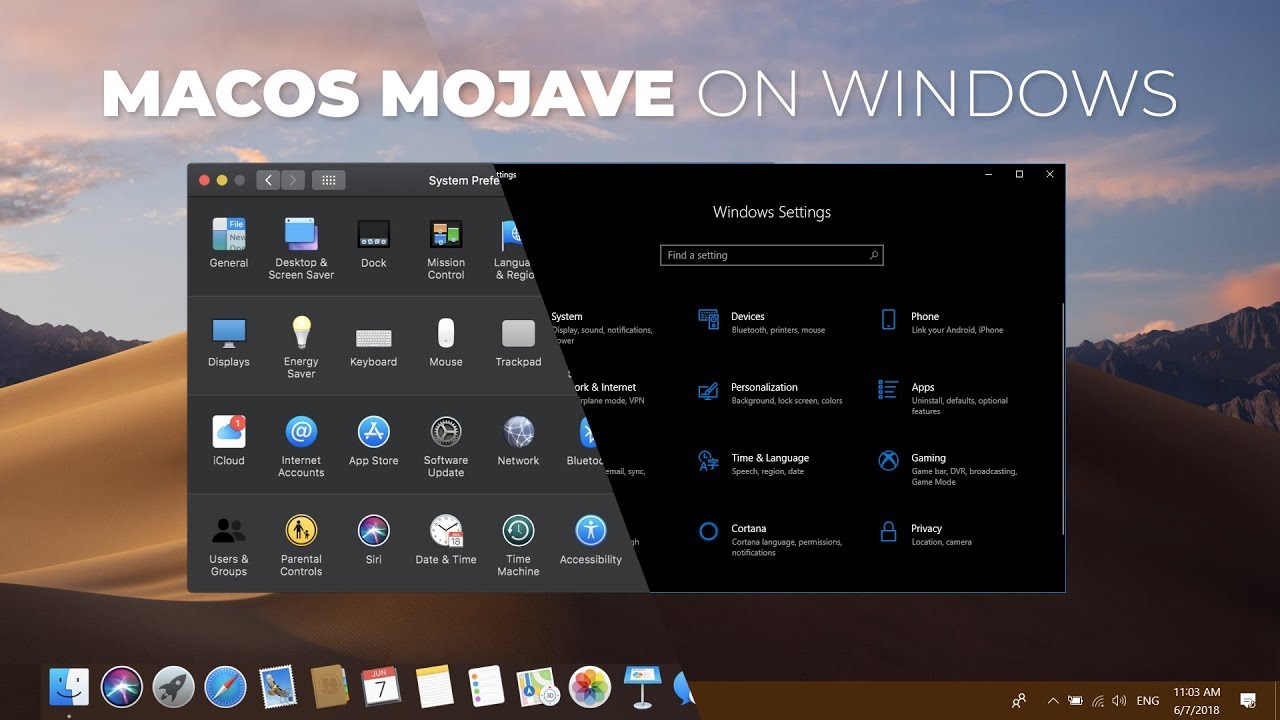Vmware Vsphere Client For Mac Os X Download
The best answer is 'sometimes.' IF you're using vSphere 5.1 you can use the Web Client under OS-X. However, some operations only work with the vSphere desktop client, and other only work in the vSphere web client. If you can wait, the web client will become the. VMware Fusion 11.x Pro (for Intel-based Macs) Version: 11.5.0. SKU: FUS11-PRO-A. Description Features System Requirements OS Requirements. VMware Fusion 11 Pro takes virtualization on the Mac to the next level with powerful features designed for advanced users, developers and IT admins. With leading edge desktop virtualization. Note: Mac OS X 10.8 or greater is required to use the new Standalone VMRC. The release notes will be updated to reflect this requirement The release notes will be updated to reflect this requirement There are currently two methods of launching a remote console to a Virtual Machine using the vSphere Web Client as seen in the screenshot below. VMware ® vSphere. Download VMRC for Windows. A minimum of Firefox 34 or Chrome 39 are required on Mac OS X. Read the vSphere Web Client help for details. Jan 16, 2013 If you have an older version of this client software, before you download the installer for this new version of Horizon View Client for Mac OS X, take the following steps: Remove the older version. Drag the VMware View Client application from the Applications folder to the Trash and empty the trash.
If you are using a Linux-based pc or Mac OS X and want to manage a vSphere-environment then you might ask yourself the question if there is a native OS-version of the vSphere Client available for your platform.
The short answer is: no.
The longer answer is: do you need one? And is there an alternative? For most day to day operations you should move to the vSphere Web Client. And you can access that from your Linux system and Mac OS X. The only problem with that is that it only works with vCenter. So what do you do when your vCenter server is down or what to do if you only have one ESXi server?
There are a few tools that you can use to make administration for your environment simpler. But you would always need the vSphere Client on Windows at least once after installation of ESXi to for example import the vCenter Virtual Appliance (explained here) Or to create a virtual machine.
It is also possible to import the appliance from the command line with VMware's OVF Tool, which is available for Linux and Windows. How to do this is explained in this article.
Run a Windows VM in Player, Workstation or Fusion
To work with the full vSphere Client on Windows you can run it in a Windows virtual machine or from a physical Windows computer to configure the ESXi-host and create virtual machines. I personally run openSUSE and work with Linux for the largest part of the day. But from time to time there are Windows-based applications for which there really is no alternative and for those cases I have a Windows VM on my laptop.
Access your VM-console from Linux or Mac OS X with a VMware Player-console
Once your ESXi-host is up and running and you have multiple virtual machines running and maybe also vCenter deployed as a virtual appliance then you can access the console of those virtual machines with VMware Player. This tool is available as a download for Windows and Linux (www.vmware.com/go/downloadplayer) and it's included with Mac OS X.
With VMware Player installed you can run it from the command line and connect to an ESXi-host:
vmplayer -h
This will open a VMware Player window and requests login to the host. You can provide the host's IP-address with the -h parameter but if you leave it out you can enter it with the user credentials.

Once you are logged in you will see a list of available virtual machine. If the VM is not powered on and you open a console to the VM it will be powered on. If it's already running you can connect directly to the virtual machine. In the image below you see a VM running Windows. It also has the vSphere Client to allow you to manage the ESXi-host.
Vsphere Client Download Mac
Host management with SSH and vCLI
You can also perform some management tasks from an SSH-connection to your host. You must enable your SSH-server on the ESXi-server before you can do this. You can enable this from the vSphere Client or from the Direct Console User Interface (DCUI) on the server's console. Once you have access with SSH and you want to use the DCUI for configuration purposes you can type this command:
Vcenter Desktop App
dcui
And it will open the menu-based console in your SSH-session. To close it press ctrl-c.
Download Vmrc Client
Another possibility to work with your ESXi-host from the command line is to use the vSphere Command Line interface (vCLI). This can be installed as an application on your Linux-system but also on a Windows-system. Information and the download can be found here:
www.vmware.com/support/developer/vcli